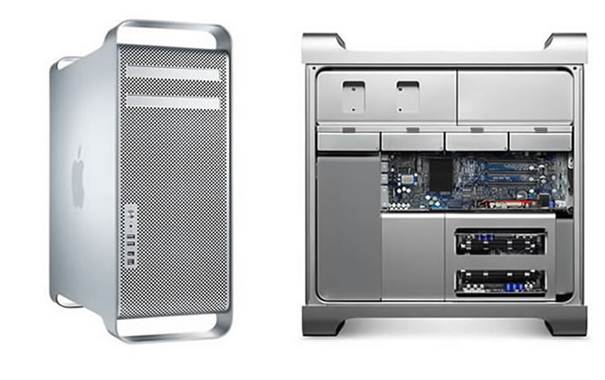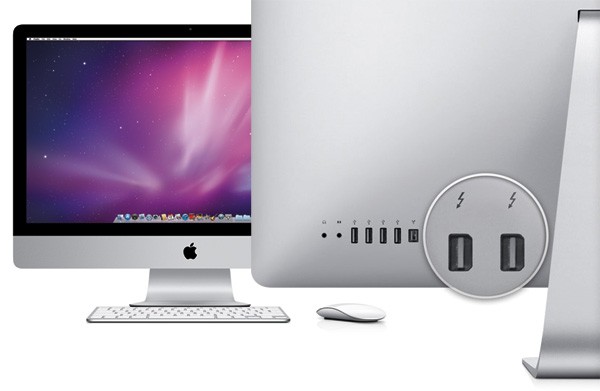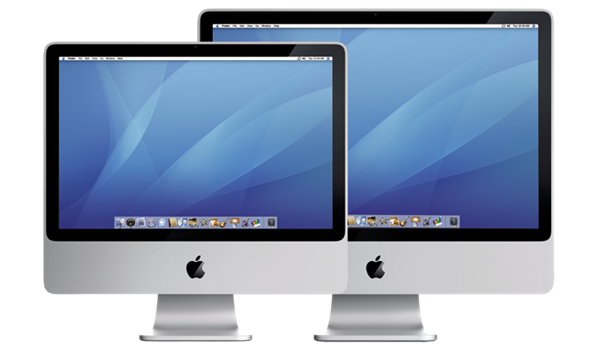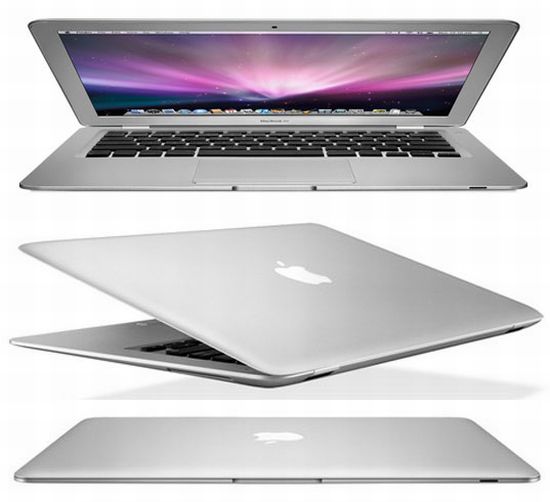Mac Pro
‘In the nearly two years since the last
update to the Mac Pro, you may have dreamed of a model with an updated case
design and the latest in connection ports. However, this is not that update.

The
Mac Pro is without a doubt the most configurable Mac available
The new Mac Pros use the same,
highly-upgradable case design, the same graphics cards, and the same version of
USB as the last iteration. And while the Macworld Lab’s test results show the
new Mac Pros to be faster than those systems the new Mac Pros replace, it is
hard to swallow new “pro” systems that lack Apple’s fastest connection.
Thunderbolt, and USB 3.0 support.

Pro
with its full complement of up-to-date connection types, may offer a better mix
of upgradability, connection flexibility and processing power.
If you need to have multiple internal hard
drives or PCI-Express cards, the Mac Pro is without a doubt the most
configurable Mac available. If your workflow includes one of the few
applications that can take full advantage of 12 cores, then the speed increase
may warrant spending the extra cash for a Mac Pro. But even for most power
users, a new non-Retina display MacBook Pro with its full complement of
up-to-date connection types, may offer a better mix of upgradability,
connection flexibility and processing power.
iMac
These iMac models benefit from Intel Sandy
Bridge processors, greater device connectivity and high-end graphics
capabilities. The inclusion of Thunderbolt and SATA-3 compatible drive
connections makes these iMacs ready for the next generation of storage devices.
The US$1498.5 entry-level 21.5in 2.5GHZ Core i5 iMac keeps up with its more
expensive siblings in most tasks. Its drawbacks include the lowest capacity
hard drive, slower 3D game performance, and a lack of customisation options.
The US$1873.5 21.5in 2.7GHZ Core i5 iMac offers a larger hard drive and modest
processing and 3D game performance gains. It’s a good choice if you want to add
a faster processor or different storage options.

It’s
a good choice if you want to add a faster processor or different storage
options.
If you want a larger display, the US$2098,5
27m 2.7GHZ Core 5 iMac is the better value, as its performance isn’t much
slower than the high-end US$2473.5 27m 3.1GHZ Core i5 iMac. However, the
US$2473.5 iMac offers much better graphics performance if you’re into gaming or
do a lot of video or 3D work. It can also be upgraded to a 3.4GHZ Core i7 quad
core processor US$240.5).

It
can also be upgraded to a 3.4GHZ Core i7 quad core processor US$240.5).
MacBook Pro
With all the exhilaration surrounding the
debut of Apple’s Retina MacBook Pro, it’s easy to overlook that the company
also upgraded the rest of its pro laptop line-up. The new ‘regular’ models
offer a speed boost over their late-2011 predecessors thanks to brand new
processors and video components, and feature updated technology.

If
you bought one of the MacBook Pros last year, there’s no compelling reason to
purchase one of these new machines..
The traditional MacBook Pros hold fast to
their unibody form factor and design, upgradability, and price, and target the
mid-market of non-creative professionals that seeks to balance features with
affordability. The new MacBook Pros are not flashy like the new Retina MacBook
Pros, but they offer advantages in price and the flexibility to get into the
system and tailor it to your needs after purchase. If you bought one of the
MacBook Pros last year, there’s no compelling reason to purchase one of these
new machines. However, if you’ve been hanging on to an older system and are
experiencing sluggish performance, you won’t be sorry if you picked up one of
these new laptops.
MacBook Air
The 2012 MacBook Airs are easily the best
yet. Thanks to upgraded processors and graphics capabilities, along with both
Thunderbolt and USB 3 for expansion, it’s getting tougher to say the Air isn’t
a ‘full featured’ laptop. And you no longer have to give up a good chunk of
performance if you want to go light: Thanks to flash storage, both 2012 Air
models are competitive with Apple’s current hard-drive equipped 13m MacBook Pro
models. In fact, if you don’t need a 15m screen and lots of storage space, it’s
now tough for many people to justify a MacBook Pro over a lighter and
more-portable Air.

If
you’ve got a 2012 Air, the 2012 models offer major performance improvements,
and if you’ve got a 2009 or older air, upgrading is a no-brainer.
As for deciding between the 11m and 13m Air
models, with the exception of he 13m Air’s SD card reader, your choice mainly
comes down to screen size and battery life.
If you bought a MacBook Air last year, the performance
boost is significant, but it probably isn’t worth buying a new machine. If
you’ve got a 2012 Air, the 2012 models offer major performance improvements,
and if you’ve got a 2009 or older air, upgrading is a no-brainer.